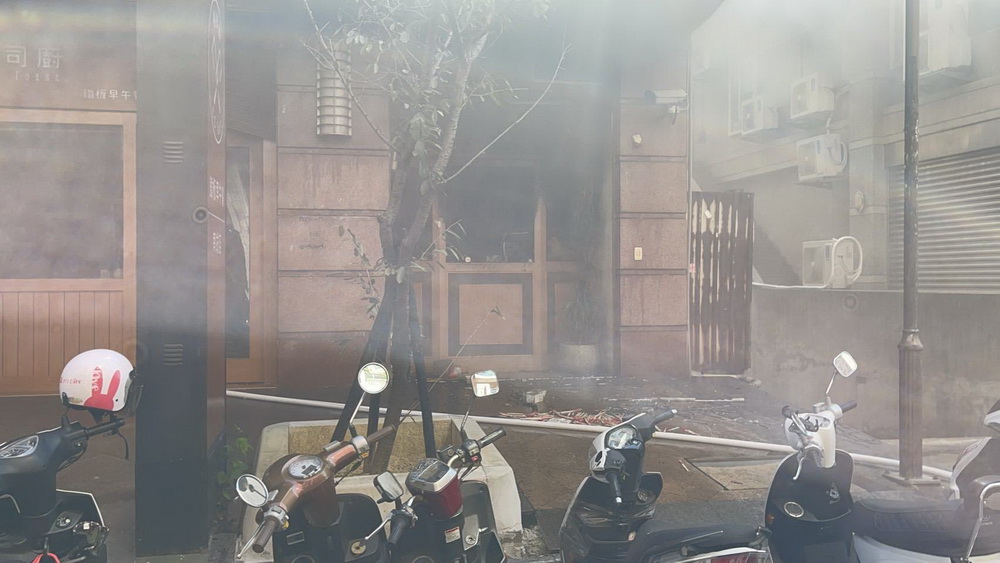Building upon the foundational exploration of Exploring Post-Apocalyptic Worlds Through Gaming and Art, it becomes evident that post-apocalyptic imagery transcends entertainment media to influence broader cultural narratives. This artistic evolution not only shapes our collective imagination but also reflects deeper societal concerns, aspirations, and transformations. In this article, we delve into how post-apocalyptic art has become a potent cultural symbol, inspiring communities, influencing contemporary aesthetics, and raising critical ethical questions.
1. Historical Roots of Post-Apocalyptic Artistic Expression
The origins of post-apocalyptic art can be traced back centuries, where dystopian motifs appeared in literature, visual arts, and political propaganda. Early 19th-century literature, such as Mary Shelley’s Frankenstein (1818), introduced themes of destruction and rebirth, foreshadowing future representations of societal collapse. Similarly, during the 20th century, political propaganda employed apocalyptic imagery to evoke fear and mobilize action—most notably during wartime propaganda posters depicting nuclear devastation as a warning or a rallying cry.
In painting, artists like Francisco Goya with his Disasters of War series (1810-1820) captured the horrors of conflict and societal upheaval, laying a visual groundwork for future dystopian aesthetics. These early expressions set the stage for a transition from narrative-driven media to autonomous artistic movements that explore post-apocalyptic themes as independent symbols of societal reflection.
2. The Psychological and Symbolic Power of Post-Apocalyptic Art
Imagery of destruction, decay, and rebirth in post-apocalyptic art taps into subconscious fears and desires. For example, the visual motif of a wasteland often symbolizes not just physical desolation but also internal states of despair or resilience. This duality evokes a complex psychological response—simultaneously repelling and attracting viewers.
Symbolism plays a crucial role, with ruined cities and survivalist motifs representing societal resilience and adaptation. These images serve as metaphors for human capacity to endure and transform amidst chaos, fostering a collective identity rooted in hope despite adversity. As art historian Julia Kristeva suggests, such imagery acts as a mirror to societal psyche, reflecting both fears of collapse and aspirations for renewal.
Collectively, post-apocalyptic art becomes a canvas for exploring identity formation, resilience, and the human condition under stress.
3. Post-Apocalyptic Aesthetics and Their Influence on Contemporary Culture
The visual language of post-apocalyptic aesthetics—characterized by rugged textures, muted color palettes, and dystopian motifs—has permeated various facets of modern culture. Fashion brands incorporate decay-inspired patterns, while interior design adopts industrial and wasteland motifs to evoke resilience and adaptability.
Table 1 illustrates common visual tropes and their cultural applications:
| Tropes | Applications |
|---|---|
| Wastelands & Ruined Cities | Fashion, film set design, video game environments |
| Survivor Gear & Survivalist Motifs | Streetwear, accessories, interior decor |
| Decay & Corrosion Textures | Furniture design, clothing patterns, artwork |
The aesthetic appeal of these motifs lies in their raw authenticity, evoking a sense of survival and resilience. They resonate deeply with audiences navigating uncertain futures, making them a potent cultural language beyond media—manifesting in fashion, design, and popular culture.
4. Ethical and Political Dimensions of Post-Apocalyptic Artistic Narratives
Artistic depictions of societal collapse often influence perceptions of environmental crises, technological dystopias, and political instability. For example, movies like Mad Max and The Road serve as cautionary tales, prompting discussions about climate change and resource depletion.
Art also functions as a form of activism, raising awareness about ecological issues or technological excesses. However, there is a risk of romanticizing chaos or fostering nihilism, which can hinder constructive societal responses. As philosopher Walter Benjamin argued, art’s power lies in its capacity to challenge perceptions and inspire action, but it must be wielded responsibly to avoid trivializing real-world crises.
5. The Role of Community and Subcultures in Shaping Post-Apocalyptic Art and Imagination
Fan communities, cosplay groups, and DIY art movements have become vital in reinterpreting post-apocalyptic themes. Platforms like Reddit and DeviantArt host vibrant subcultures where enthusiasts craft custom costumes, art, and stories that expand the cultural significance of post-apocalyptic imagery.
These communities often challenge mainstream narratives, emphasizing themes of resilience, innovation, and community-building rather than despair. Their reinterpretations influence local and global cultural narratives, fostering a sense of shared identity rooted in survivalist ethos and creative expression.
6. The Future of Post-Apocalyptic Art: Innovation and Cultural Reflection
Emerging technologies such as augmented reality (AR), virtual reality (VR), and artificial intelligence (AI) are revolutionizing post-apocalyptic storytelling. Artists and designers experiment with immersive environments that simulate wastelands or collapsed civilizations, providing new avenues for engagement and reflection.
Contemporary artists increasingly use post-apocalyptic themes to comment on current societal issues like climate change, technological dependency, and social inequality. These works challenge viewers to consider resilience amidst uncertainty, fostering a cultural dialogue about adaptation and hope in a rapidly changing world.
7. Bridging Back to Gaming and Art: Implications for Cultural Imagination
Insights from post-apocalyptic art deepen our understanding of its portrayal in gaming and visual media, revealing how aesthetic choices shape narrative and emotional impact. For instance, the visual identity of games like Fallout or The Last of Us derives heavily from post-apocalyptic aesthetics, reinforcing themes of survival and moral ambiguity.
Moreover, art influences game design, creating immersive worlds that reflect societal fears and hopes. Conversely, gaming innovations inspire new artistic expressions, blurring boundaries between media and visual art. This reciprocal relationship enhances the depth and complexity of post-apocalyptic storytelling, making it a vital part of contemporary cultural discourse.
“Post-apocalyptic art acts as a mirror and a prophecy—reflecting our deepest fears and inspiring resilience for the future.”
As technology and communities evolve, the cultural impact of post-apocalyptic art will continue to grow, shaping how societies envision survival, adaptation, and renewal. Its power lies in transforming collective fears into symbols of hope and resilience—an enduring legacy rooted in our shared imagination.












